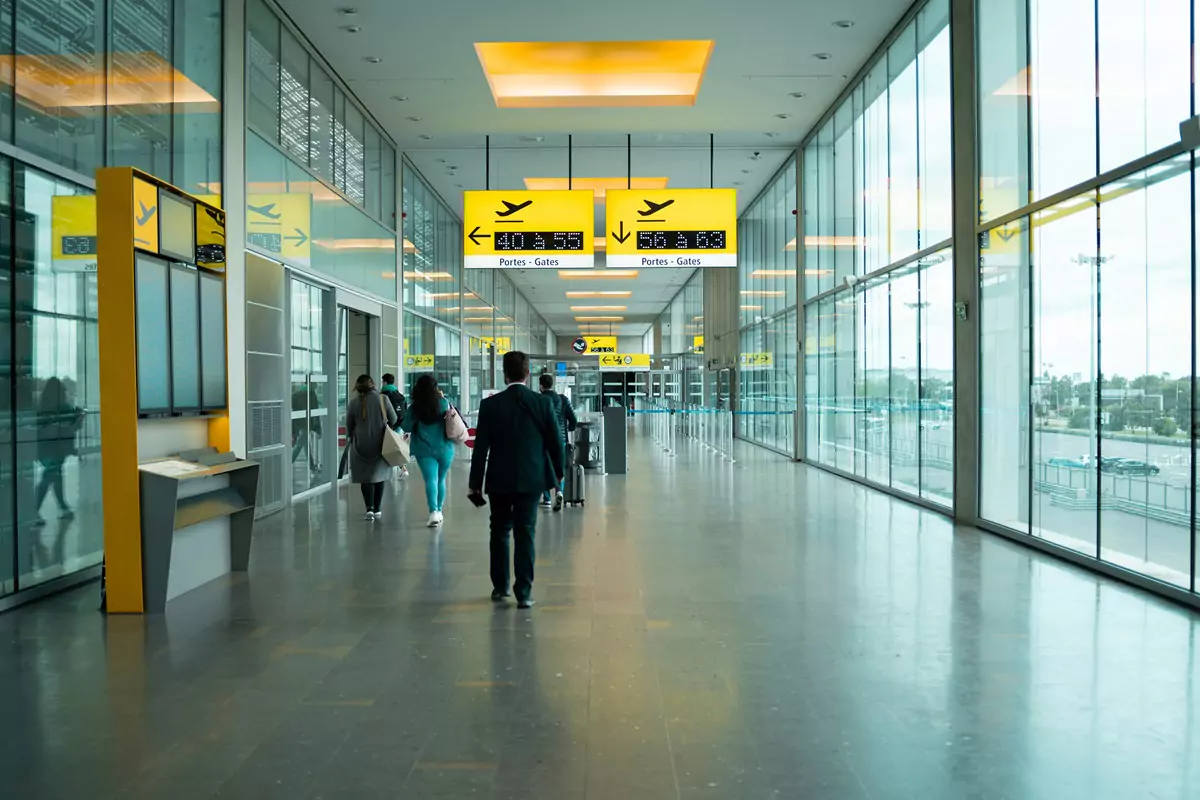The European Union’s Entry/Exit System, initially scheduled for launch in 2022, has encountered yet another delay after officials in France, Germany and the Netherlands admitted that they are not yet prepared to roll out the new digital passport control system.
The EU Entry/Exit System (EES) is meant to streamline border controls for non-EU citizens by using fingerprint and facial recognition techniques for visitors not required to have visas. It has been designed so that information on travellers entering or leaving the bloc is digitally documented, alleviating the need for stamps and improving checks on overstayers.
“With the EES, we will know exactly who enters the Schengen area with a foreign passport,” says EU Home Affairs Commissioner Ylva Johansson. “We will know if people stay too long, countering irregular migration, and the EES will make it harder for criminals, terrorists or Russian spies to use fake passports thanks to biometric identification, photos and fingerprints.”
REPEATED DELAYS
The launch of the EES is already two years overdue, and there have been multiple delays to the implementation schedule since the initial date in 2022. The EU recently announced 11th November, with a 19th November contingency, as the date on which the system would come into force in the bloc, but France, Germany and the Netherlands have all stated they will not be ready by then. The main reasons cited are infrastructural issues and the fact that the EES has not been “live tested” to prevent serious logjams at major points of entry if it does not initially work as planned.
The concerns have been heard by EU officials, who are now saying they are looking to roll out the system gradually.
“It’s clear that we’re not going to be ready for 10th November,” says Johansson, adding, “we will be going for a phased approach, step by step.”
What this means exactly is still not clear, but meetings between the EU’s Justice and Home Affairs Councils are due to take place next week to discuss the matter.
When operational, the EES will apply to road borders, airports, ports, train stations and all other external EU borders. Personal data will need to be updated every three years, and the soft launch will likely lead to some delays at airports and borders, but the system should otherwise speed up controls.
Read related:
EU Entry/Exit System expected to be operational by November 2024
Monaco Life is produced by real multi-media journalists writing original content. See more in our free newsletter, follow our Podcasts on Spotify, and check us out on Threads, Facebook, Instagram, LinkedIn and Tik Tok.
Photo source: Maeva Vigier, Unsplash
